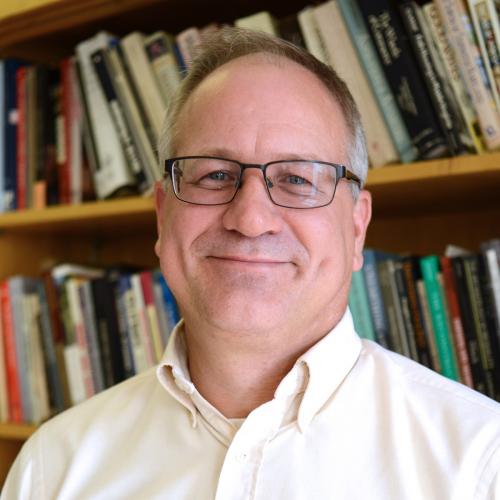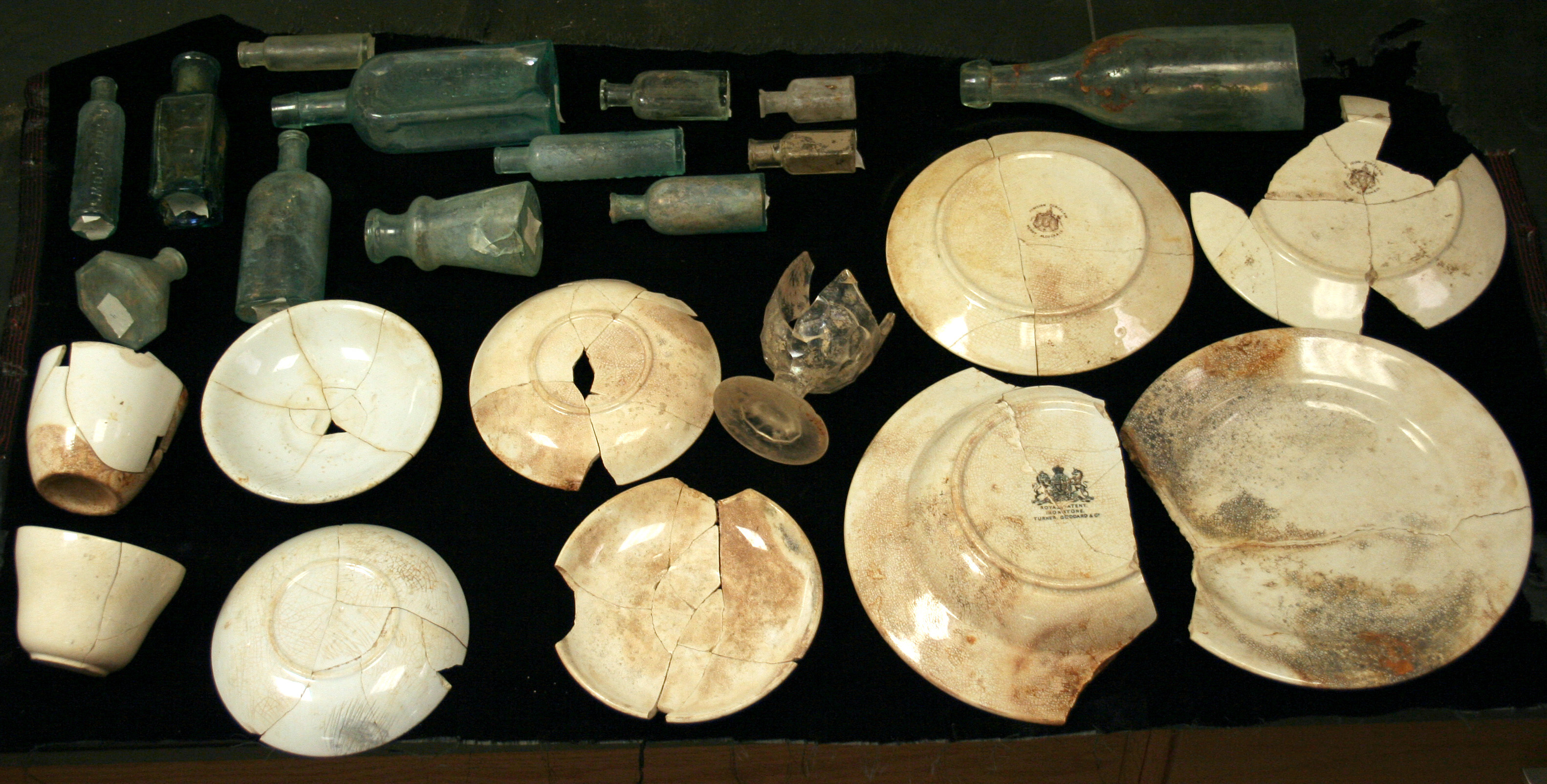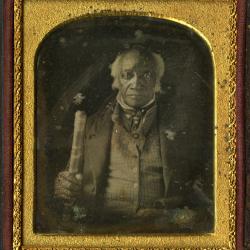
Dr. Michael T. Lucas
B.S., Anthropology/Sociology, 1988, University of South Dakota
M.A.A., Anthropology, 1995, University of Maryland
Ph.D., American Studies, 2008, University of Maryland
My research is broadly focused on the history and archaeology of the early colonies in North America from the last quarter of the seventeenth century to the American Revolution. I am particularly interested in the exploitation of labor during the eighteenth century. New York is replete with archaeological sites where indentured servitude, slavery, and wage labor were employed. Examples include mills, farms, city docks, and many other sites of production and distribution. Studying the material objects recovered and the arrangement of buildings and other landscape features documented at these sites is important for understanding how laboring families constructed their lives. Museum collections and archaeological field data are used to explore the material realities of life on the economic margins of society. This research contributes to our understanding of the consequences of slavery and other exploitative labor practices in colonial New York during the seventeenth and eighteenth centuries.



